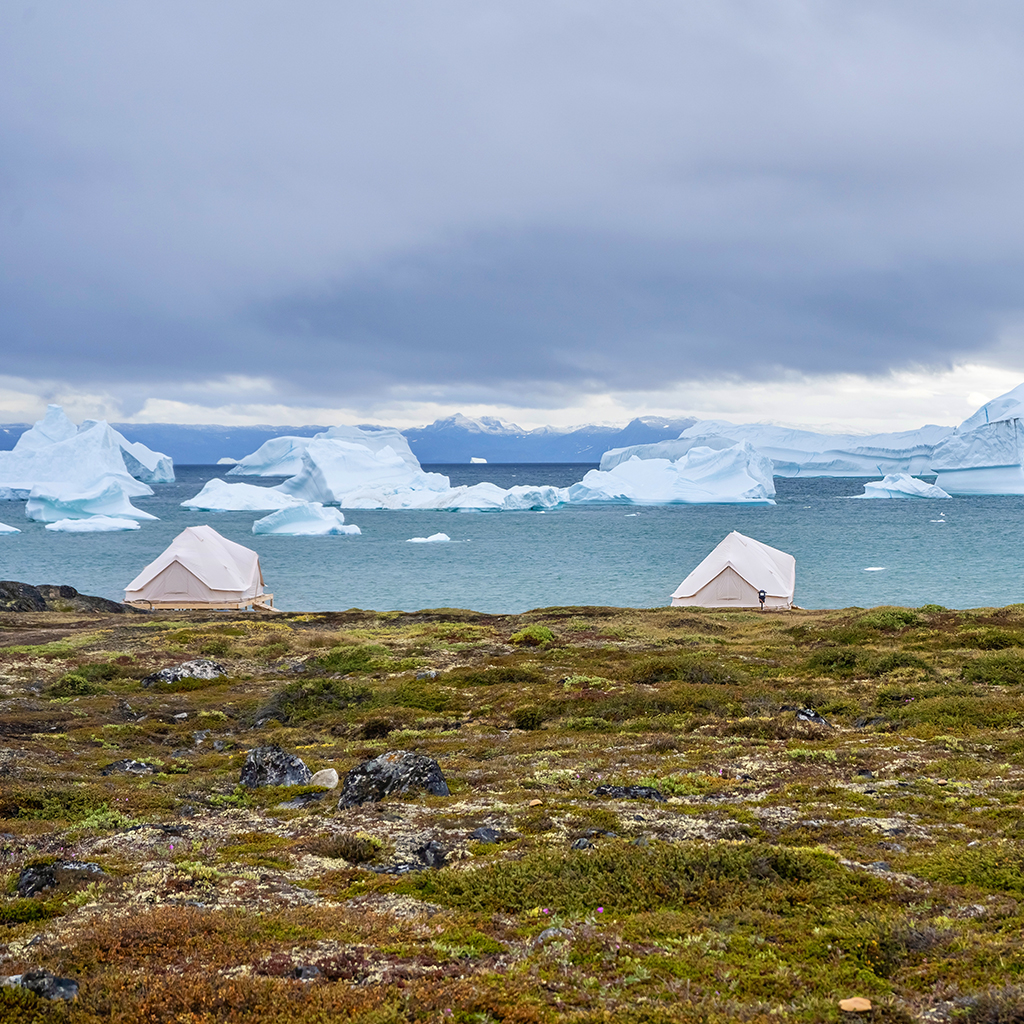
Climate change is real. As conscious travelers, it’s important to note and mitigate the impact travel has on the environment. Read on to find out how travel contributes to global warming, how carbon removal helps offset that impact, and then (best of all!) how you can actually reduce your own air travel carbon footprint.
Facing the Facts: How Travel Contributes to Global Warming
Let’s start with the basics: global warming is caused by excess carbon dioxide in the atmosphere. The fact is, getting on a plane to any destination requires a lot of fuel. Some estimates suggest that tourism is responsible for roughly 8% of the world’s carbon emissions currently, and will reach 12% by 2025.
Within that industry, transportation is the main source of these emissions. Airfare has become more affordable over the years, and it shows: transport-related tourism emissions increased by over 60% between 2005 and 2016 alone. High-income countries have the biggest air travel carbon footprint, with U.S. travelers at the top of the list. (Doh!)
Hotel, Motel, Holiday Inn? (Just Say No!)
Besides transportation, carbon emissions also come from lodging. As of 2018, only 21% of hotels use on-site renewable energy, which means that the majority of hotels still depend on fossil fuels. Carbon gets generated not only through the heating and air conditioning that keeps visitors comfortable but also from the construction of resorts in the first place. Mangrove forests lining the coasts of tropical destinations are some of the best carbon storage systems in the world, and they are often cleared away in order to build the roads and other infrastructure that makes tourism possible. (Next time you’re in the Galápagos, Panama, or Mexico, give those mangrove plants a little love!)
What You Can Do:
Stay at smaller lodging options like homestays and guest houses, which tend to have lower CO2 emissions. Be sure to reuse your towels and linens during your stay so that less energy is being wasted through the laundry. (Or…. go guilt-free with us to Galápagos, Panama/Bocas del Toro, and Peru—locations we’ve chosen for their amazingness as well as their eco-friendly/off-the-grid goodness!)
When In Rome (or Bali!)… Eat Like A Local
Food production is also a big offender. Think of all the energy required to grow, process, transport, package, refrigerate, and (finally!) cook food. In fact, many hotels and restaurants in foreign destinations import the majority of their food products in order to cater to visitor tastes. Plus, going local on your dinner plate helps you better understand, enjoy, and savor the beautiful foreign country you’ve chosen to visit. (Street food never sounded so good!)
What You Can Do:
Don’t give your business to restaurants (or hotels!) that offer buffets, which result in a lot of food waste. Eat from local restaurants serving local, fresh cuisine. Or, choose locations that have gardens or farms and raise much of their restaurant food locally.
Skip The Plastic Trinkets
Did you know souvenirs are also a contributor to greenhouse gases? Remember that the carbon footprint of an item is calculated based on the production, manufacturing, and shipping of that item. Many souvenirs are mass-produced in factories far away and then shipped to the destination for sale to tourists.
What You Can Do:
Go artisanal! Search out—or look for itineraries that visit—local shops and artisans. When it comes to choosing gifts to take home to your friends and family, stick to perishable goods produced in-country, like local coffee beans. If you’re feeling the “keepsake itch,” focus on items you would actually use at home, like a scarf or jacket.
Think about it: Do you really need one more turtle figurine made out of shells (that were most likely imported from China)?! The best souvenirs are the ones made by hand that come with stories, not the ones from the airport gift shop.
Enough Doom and Gloom: Carbon Removal to the Rescue!
If this is all starting to feel a bit bleak, there’s hope! One major way of reducing your air travel carbon footprint is something called carbon capture. Carbon capture literally removes carbon dioxide from the atmosphere through collectors.
While there are many ways to remove CO2 from the atmosphere, direct air capture has the least land and water usage of all the approaches. (We call that a win-win!) The technology also reduces pollutants like sulfur oxides, nitrogen oxide, and particulates. And at only $40 per tonne of CO2, it’s one of the cheapest ways to reduce greenhouse gas emissions.
What Happens to CO2 After It’s Captured?
There are a couple of options for the collected CO2. One is permanent storage. CO2 has been stored in natural rock formations for over one thousand years, and the earth actually has a capacity to store between 5 and 30 trillion tons of CO2. (Way to go, Gaia!) Captured CO2 can also be converted into raw material for reuse as a sustainable source of carbon dioxide.
Want to Geek Out on Earth Systems, Balance, and Function?
Check out a TTY office favorite: A Short History of Nearly Everything by Bill Bryson. It’s earth science the way we should have learned it in high school (i.e. the fun way!).
The Travel Yogi’s Commitment to Reducing Our Air Travel Carbon Footprint
At The Travel Yogi, our commitment to wellness travel doesn’t just refer to our amazing yoga adventures and once-in-a-lifetime experiences. We have also partnered with Tomorrow’s Air to remove carbon dioxide from the atmosphere and store it permanently, helping you offset your air travel carbon footprint.
What Is Tomorrow’s Air?
Tomorrow’s Air connects travelers like us with environmental groups like Climeworks and Carbfix who are already doing the work of carbon capture. Climeworks captures carbon dioxide with its direct air capture machines, and then Carbfix, an Icelandic company, mixes the carbon dioxide with water and pumps it underground (in Iceland) where it turns into stone through natural mineralization in less than two years. (Yay, science!) This means when you travel with The Travel Yogi, you’re reducing your air travel carbon footprint by supporting carbon removal from the atmosphere.
The Travel Yogi is proud to partner with Tomorrow’s Air, the first collective for carbon removal with permanent storage, purpose-built to take the power of one to the power of many for the benefit of all.
Say Hello to Eco-Friendly Travel
Good job, class. Now you know a little more about the science of carbon capture (#nerd). You also know that when you travel with us, you’re traveling with health, wellness, and community in mind. And now, you’re also supporting a worldwide effort to remove carbon from the atmosphere.
If you want to contribute more, or spread the word and be a carbon removal education influencer, you can contribute directly to Tomorrow’s Air or share their information via social media (@tomorrowsair_). We all know how travel is good for your mental health, and now you can travel with a “green conscience” knowing your international adventure is actually helping reduce your air travel carbon footprint. Join us in growing the global community of travelers helping to restore our climate! Book your next adventure.

